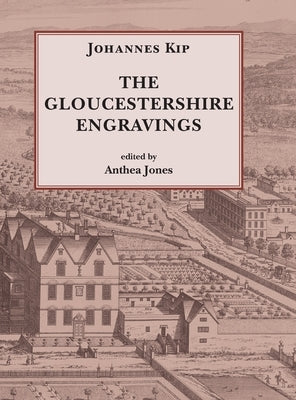Before you leave...
Take 20% off your first order
20% off
Enter the code below at checkout to get 20% off your first order
Discover summer reading lists for all ages & interests!
Find Your Next Read

Three hundred years ago, in 1721, the 'Dutch engraver' Johannes Kip (or John Kip, his anglicised name) dropped down dead in St John's Street, Westminster, bringing to a sudden end his career in England of more than thirty years as a renowned printmaker. Gloucestershire owes him a special commemoration in 2021 as the draughtsman and also engraver of sixty-four prints commissioned in the early eighteenth century by Sir Robert Atkyns for The Ancient and Present State of Glostershire. The majority of the prints contain an architectural-style drawing of a gentleman's 'Seat', but each is a treasure trove of other features in the surrounding scene. The short commentary which accompanies a large-sized reproduction of each print in this book has pointers to the details and to the history of the house and the family.
Kip's work as the engraver of houses drawn or painted by a fellow Dutchman, Leendert Knyff (generally known as Leonard Knyff), is well-known; his unique collection of Gloucestershire prints is not. This book, based on the collaborative work of people with an interest in one or more prints, and the accumulated information of the Gloucestershire Gardens and Landscape Trust, reveals the significance of Kip's work.
There are examples here of old houses and relatively new houses, large houses and relatively modest ones, the houses of aristocrats but more often of Gloucestershire gentry, of elaborate gardens and extensive estates, of splendid views reaching to the shipping on the rivers bounding the county on the west, or more limited ones of local hills. Two engravings of Gloucester are presented first, and then the sequence of parishes starts with Wick Court, appropriately the least altered of all the houses portrayed.
Johannes Kip: The Gloucestershire Engravings is a contribution to the history of the county, to knowledge of the gardens, which in many cases still reflect Kip's engravings, to the unique history of many of the houses which survive three hundred years later, and to the riches of the Gloucestershire countryside.
Thanks for subscribing!
This email has been registered!
Take 20% off your first order
Enter the code below at checkout to get 20% off your first order